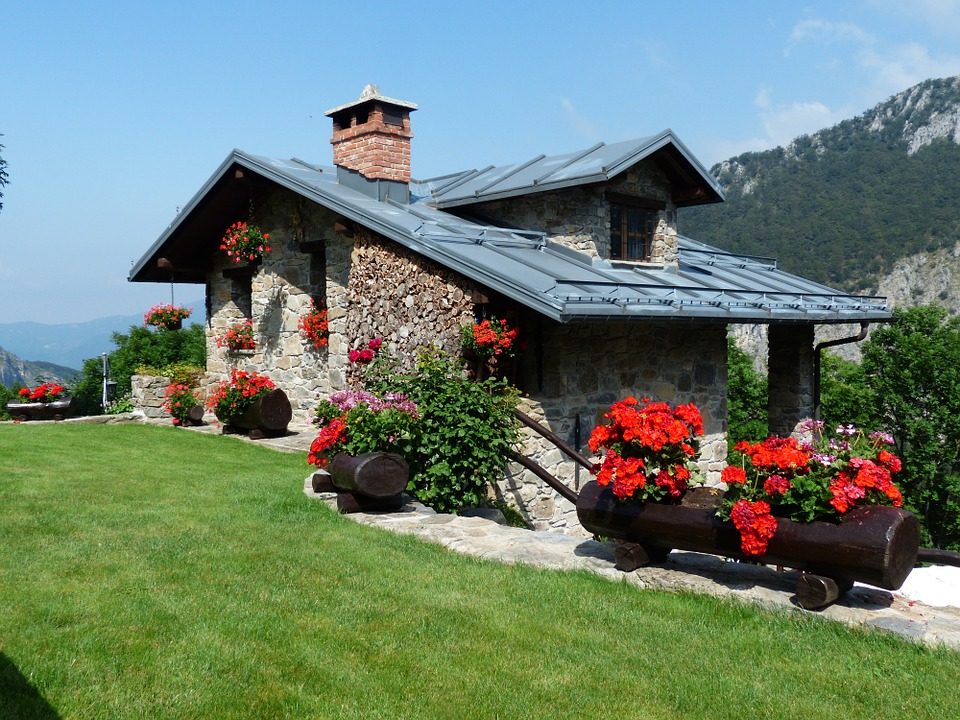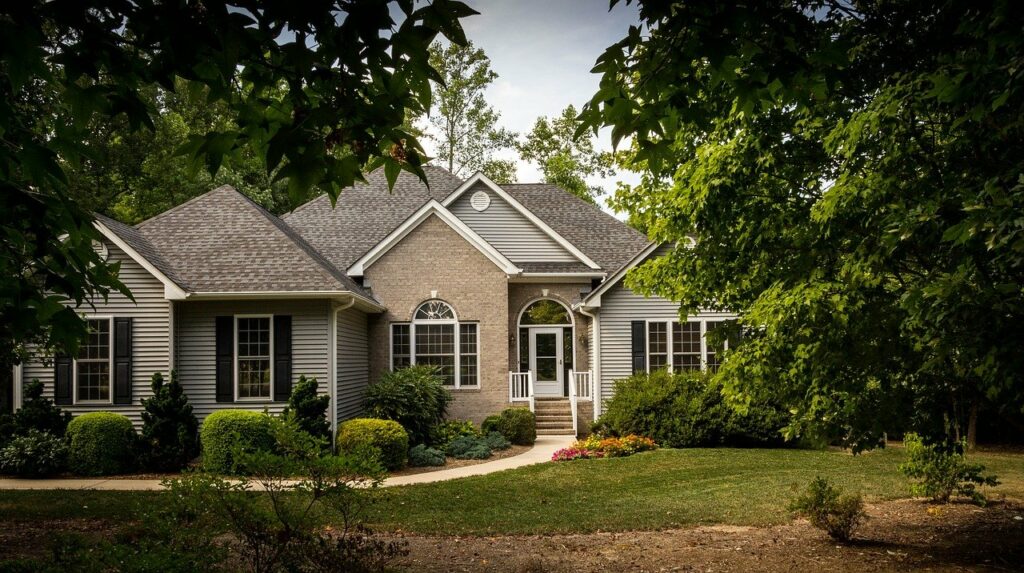
In most cases, a homeowner's insurance will often cover roof replacement if a storm or hail causes the damage. However, if the damage is caused by fire, vandalism, or other causes, the homeowner needs to have a case-specific policy.
A homeowner's insurance covers your entire home against specific events. This means that if your home suffers from water damage, your roof and property will receive repair and restoration benefits, depending on your policy's coverage.
Before we dive in, let's look into how roof insurance coverages work.
Roofing insurance protects the roof and its surrounding components only. When something happens to your roof, like a storm, hail, or tree falling on it, the insurance company will pay for the damage to your roof. Some policies will cover any damaged items inside and outside your house.
A separate policy is required for fire and weather damages because the causes of these two losses are not the same. Fire damage is caused by heat, while weather damage can be caused by water, wind, hail and snow. If other types of risks are prevalent in your area, such as living near a factory, you can insure your roof and entire property against it, too.

Your policy dictates the benefits you will receive once an event triggers your insurance's protective features. But to learn this, you'll need to read over the policy and compare it to the information you recorded from the incident.
Evaluate your policy in full detail. Look for anything that can hint or highlight your roof's current predicament. In most cases, extreme weather damages and fire are insured. Plus, check the total roofing value the insurer will cover based on your roof's age, capability, and the roofing incident itself.
Hail, gale-force winds, wildfires, heavy snow - accumulation, hurricanes, and tornadoes can cause extreme roof and property damages. Make sure to look for these severe weather situations in your policy's terms and conditions.
For example, gale force winds can damage roofs. This can happen when the wind is so strong that it pushes the roof off its supports. A gale is a storm with a sustained surface wind speed of 52 to 63 knots (9.7 to 12 meters per second) or 33 to 38 miles per hour. Any residential area that frequently experiences this wind level can insure its roof against it.
Homeowners are responsible for having frequent roofing maintenance. Insurers may not honor homeowners' claims who do not maintain their roofs because it violates their terms and conditions.
Manufacturers guarantee that their claims about their roof's capability are legitimate and must address any misgivings about their roof's durability and dependability. Thus, they will honor warranties where the roof failed despite a certified roofer handling the installations.
Roofers are responsible for installing the roof using the manufacturer's methods. Thus, any roofing material issue you might have might be due to a roofer's problematic installation or the roofing material itself. However, only a roofing inspection can give you the best data to help you with your insurance claim.
If you have yet to find a dependable roofer to help with your roofing inspections and claims, you can always count on us at Paramount Roofing & Consulting. Contact us today to learn more about everything we can do for you.